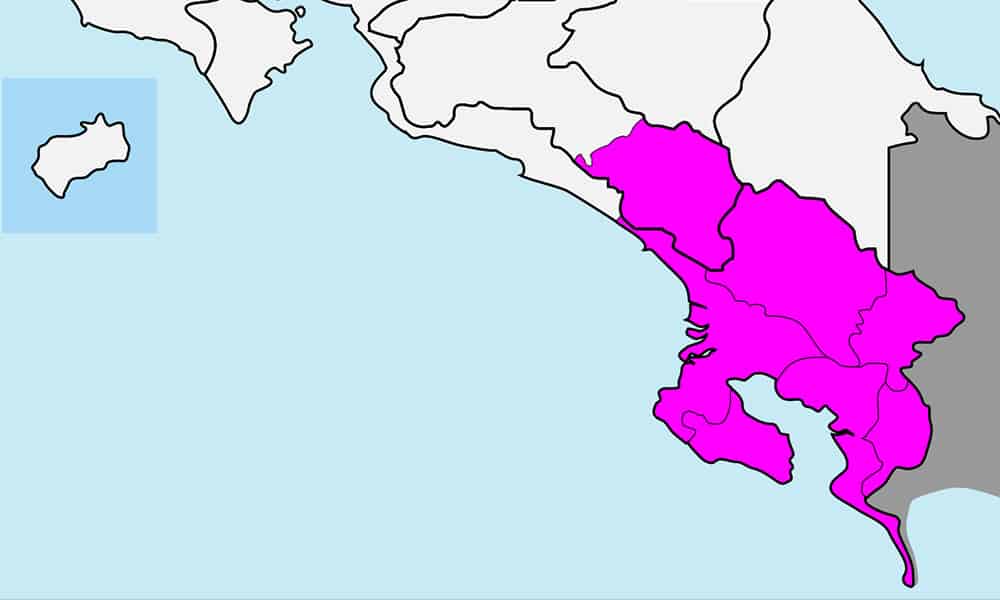The Costa Rican government resumed studies to determine the feasibility of building an airport in the Brunca Region.
President Rodrigo Chaves confirmed this information during his tour through the country’s Southern Region. He was accompanied by Luis Amador, Minister of the Ministry of Public Works and Transport (MOPT), and the Minister of Culture and Youth, Nayuribe Guadamuz.
“This project has technical studies and a master plan developed by the ICAO, and there is a defined location. Since 2010, it has been declared of public interest, and we cannot let any more years go by. We must act while also respecting the heritage and natural resources of the area. So, for the moment, we will complete the studies,” said Luis Amador.
Currently, authorities from MOPT, the General Directorate of Civil Aviation, and the Ministry of Culture and Youth-National Museum will conduct the exploration and an archeological recovery process. Afterward, the government will be able to proceed with the bidding for the concession and begin the construction phase.
“The airport that we will build here means more than just Airbus or B737 planes landing in the south of our country. It also means setting up powerful engines for the socio-economic and tourism development of the Brunca Region and small and medium entrepreneurs providing services and producing jobs,” stated President Rodrigo Chaves.
Previous studies ruled out that the airfields in the southern part of the country could be adapted as international airports since they do not meet the minimum operational safety requirements to operate aircraft of greater capacity and autonomy.
Likewise, due to wind direction and to comply with the possible demand for services and operational safety (national and international regulations), the ideal location to build the airport is in the delta formed between the mouths of the Térraba and Sierpe rivers, in an area called Valle del Diquís, on land owned by the State.
Aircraft that could use this airport include Airbus A319/320/321 Family, B737 Family, executive planes, and others of medium range.
“We will have a location in the region to facilitate emergency assistance and humanitarian aid. Of course, actual development must be inclusive, sustainable, and respectful of our historical memory,” added Chaves.






